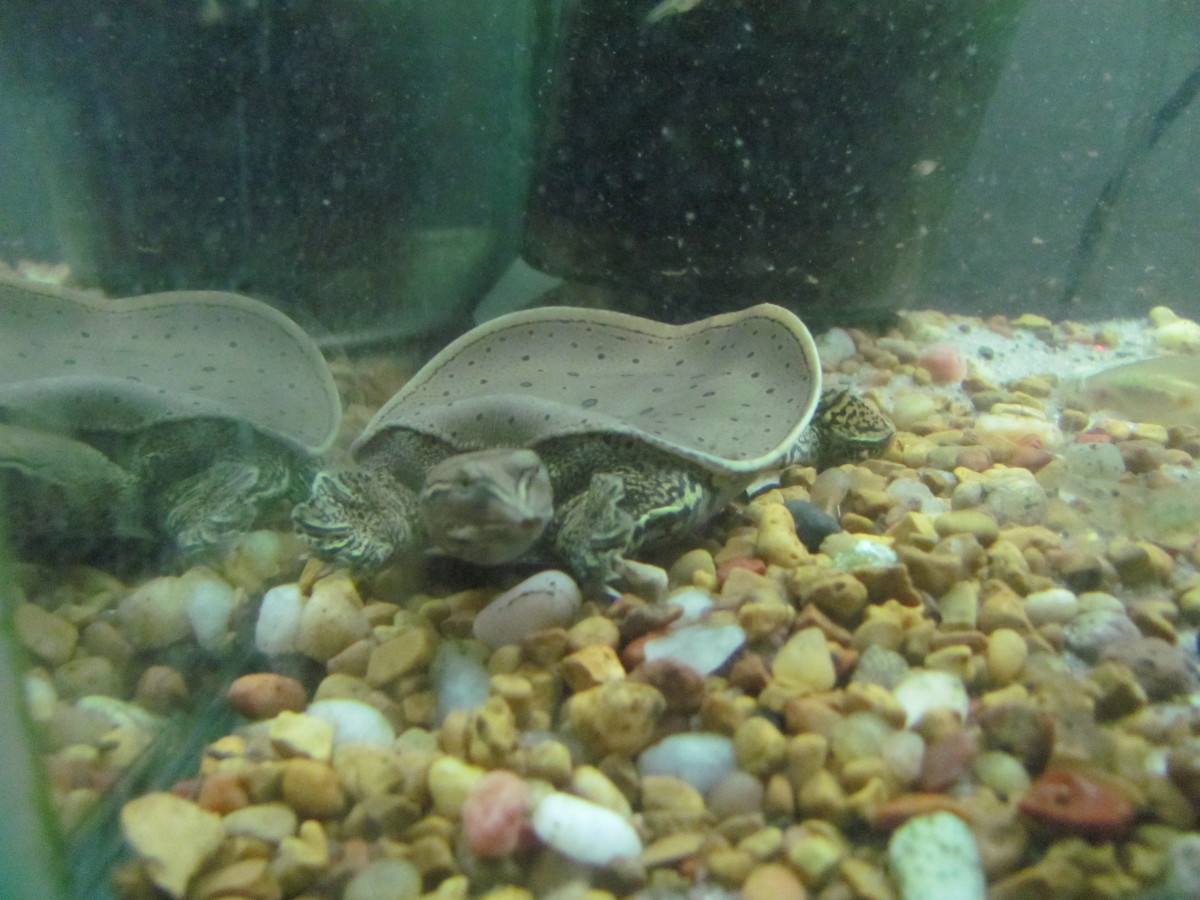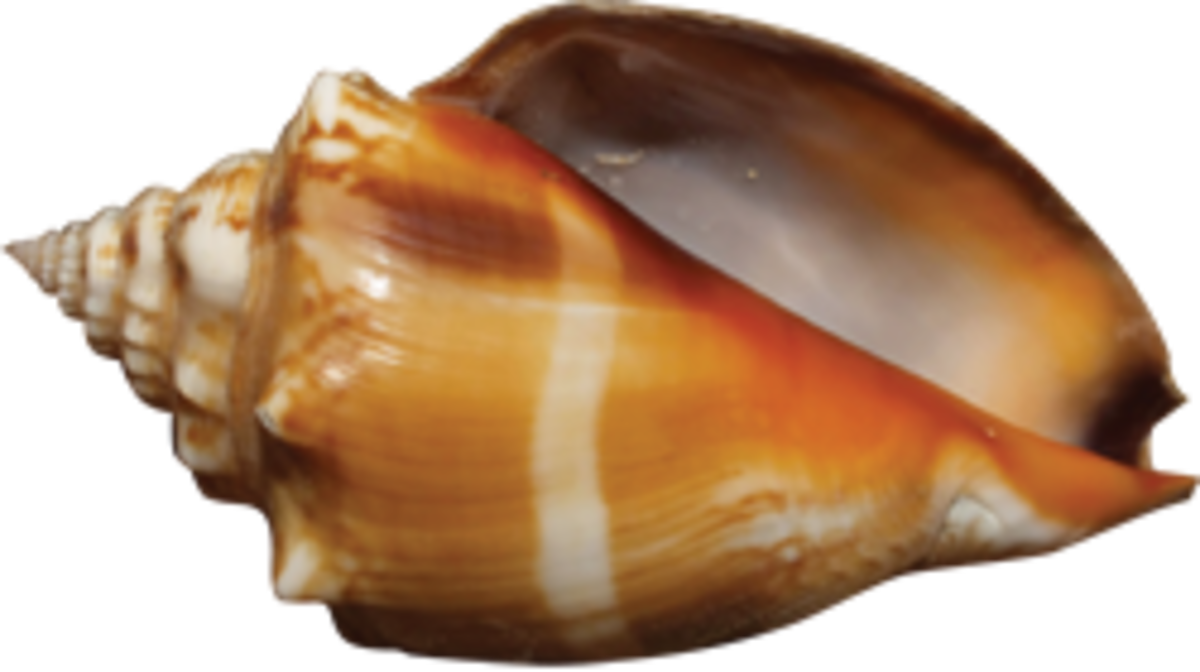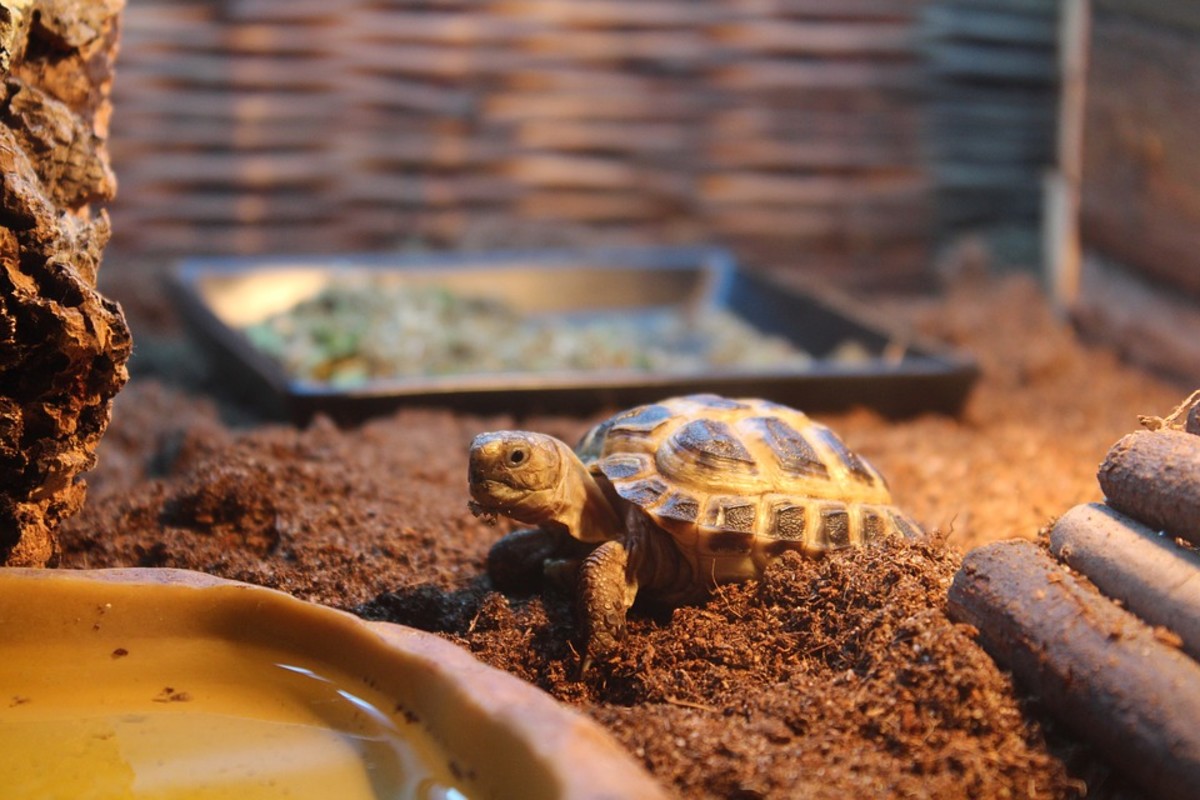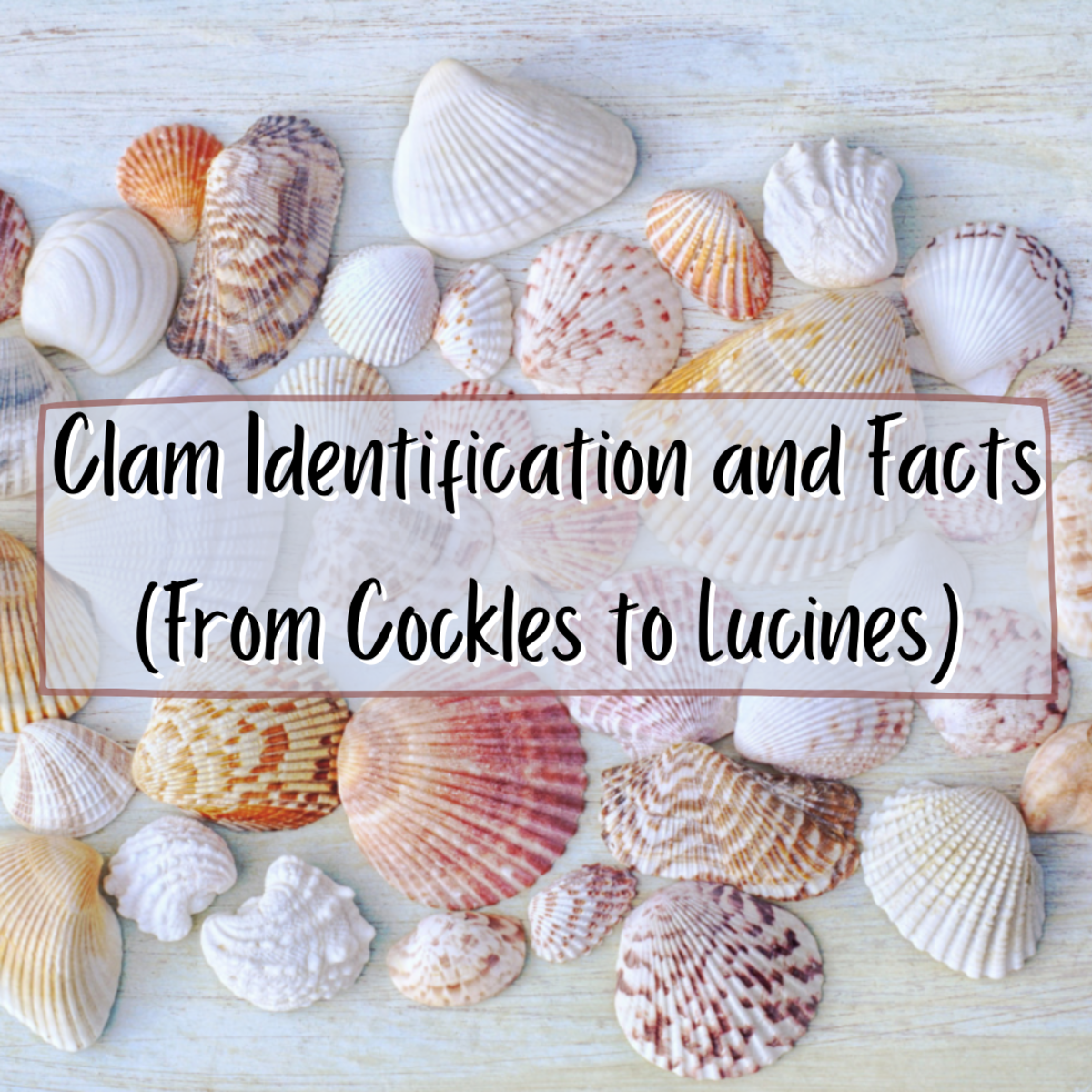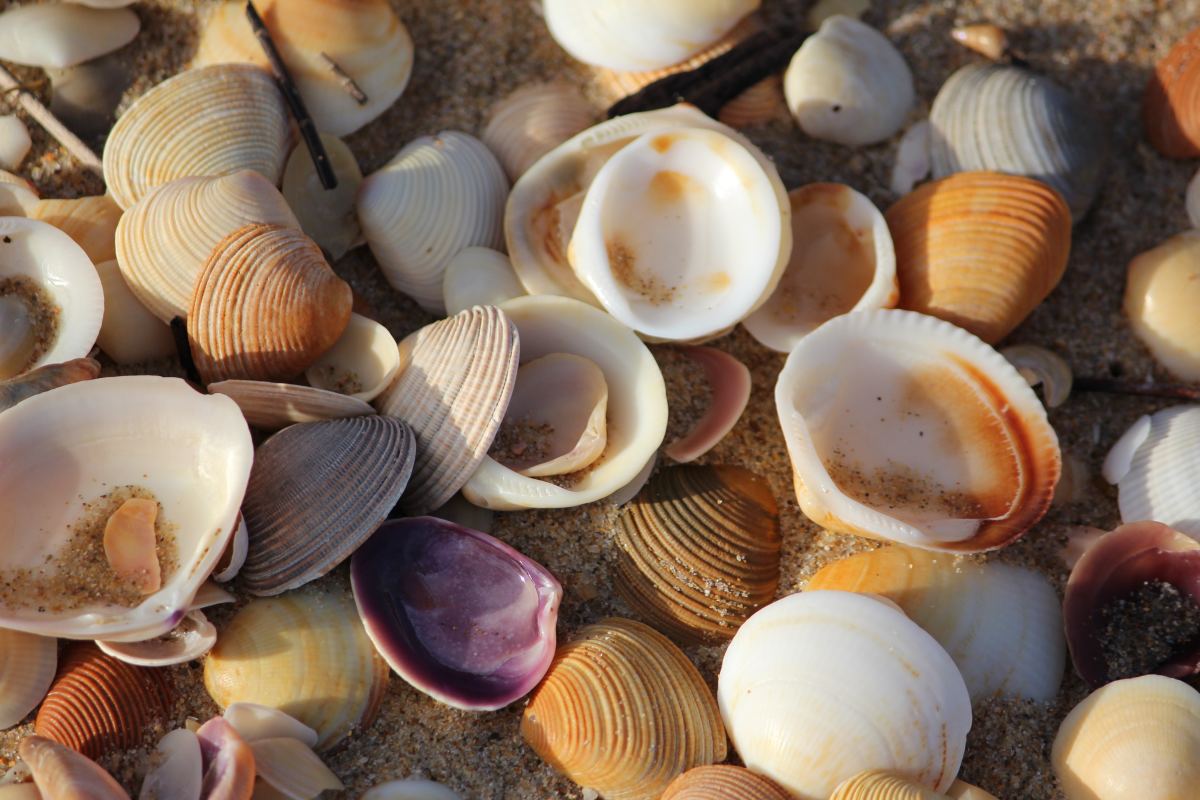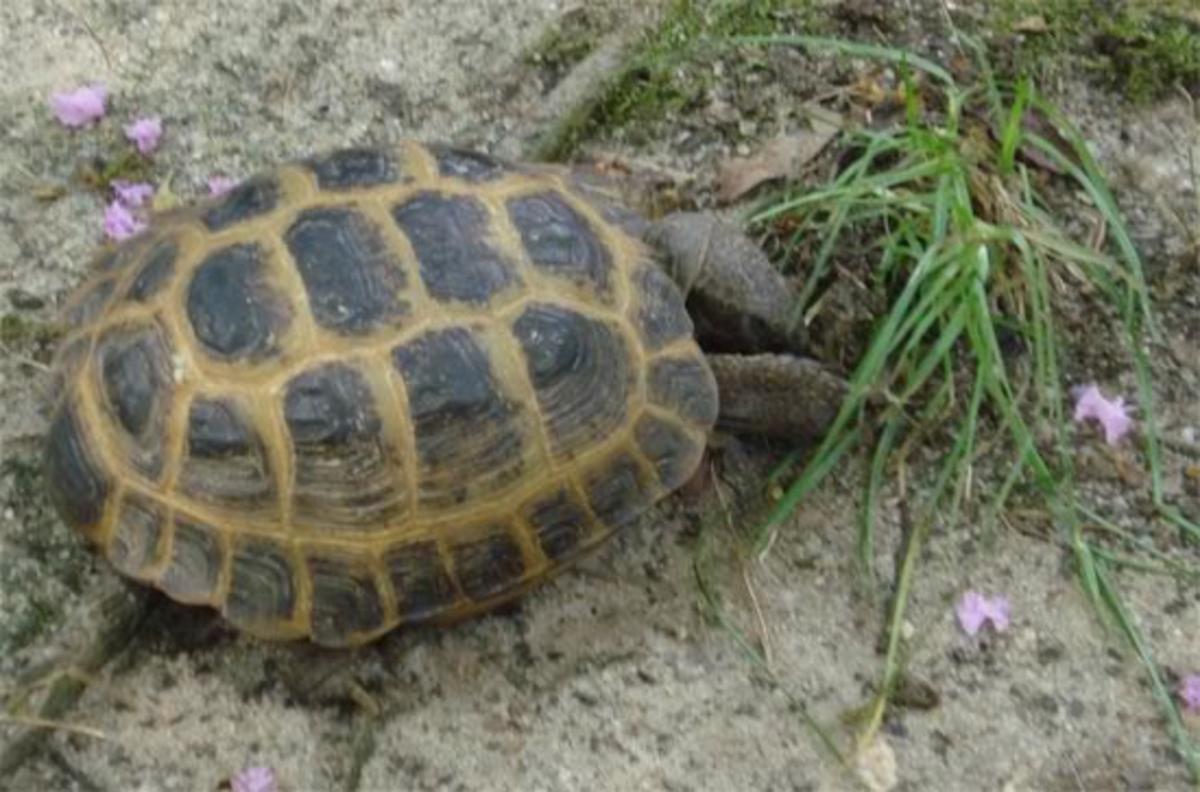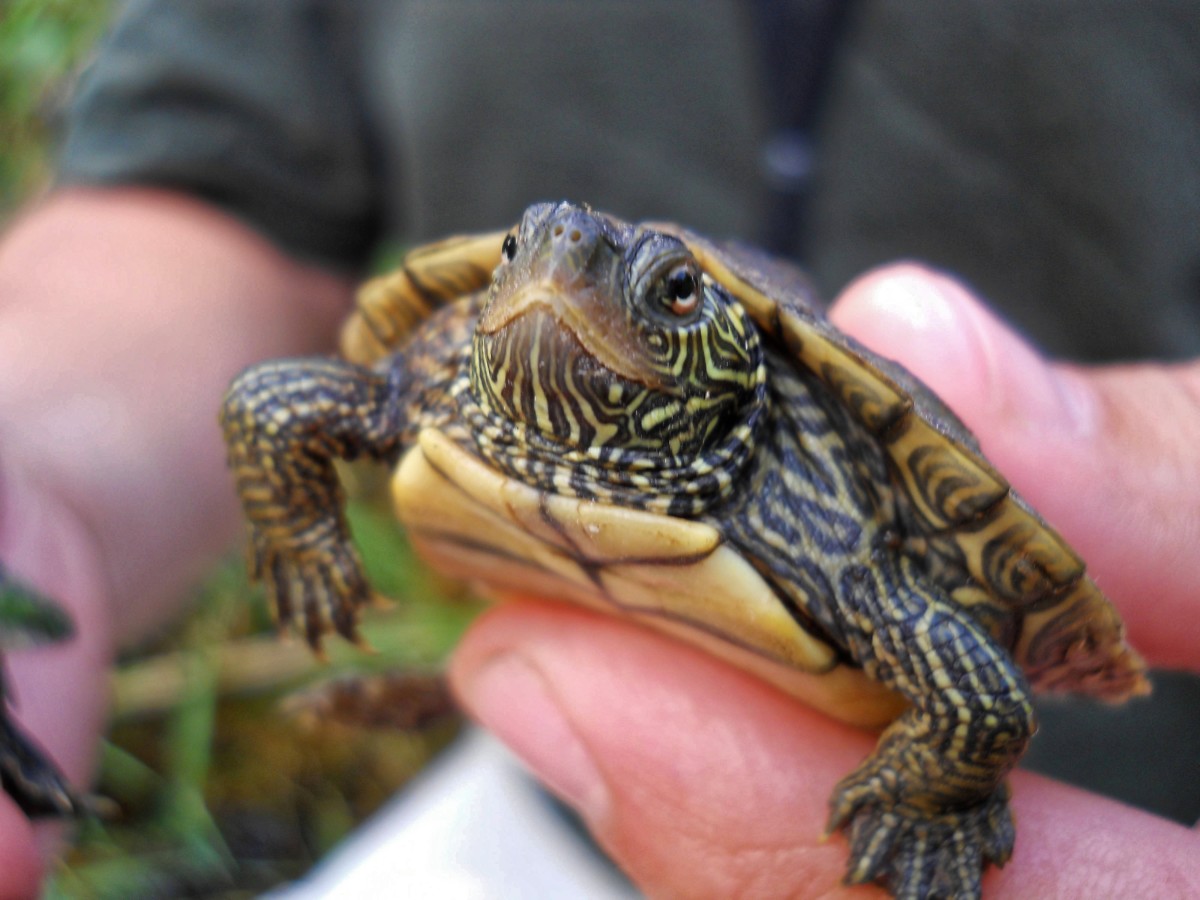Tortoise Shells: Pyramiding and Growth
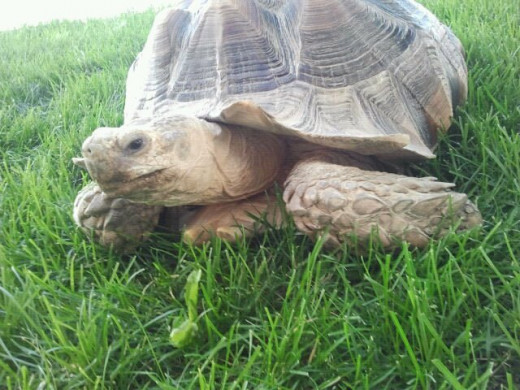
Tortoise shells are one of the marvels of the animal kingdom. How can such a slow, seemingly simple creature grow and develop such intricately patterned shells that protect them?
Many people wonder what shells are made up and wonder (but are afraid to ask) if tortoise's ever grow out of their shells or shed them.
This Hub seeks to answer any and all questions you may have about tortoise's and their shells, focusing mainly on pyramiding, a shell disorder that effects many tortoise's owned by well-meaning, but uneducated humans.
What is a Tortoise?
Let's get this question out of the way first. Oftentimes, people will see a tortoise and instantly call it a "turtle". While the tortoise does fall into the turtle category, it is separate from a turtle. Turtle's spend the majority of their lives in the water, while tortoise's spend their entire lives on land.
Living in the water is not an option for these heavy reptiles who lack flippers to swim. They are best suited to land. Did you know that turtle's cannot pull their heads and legs inside their shells if they are threatened? Instead, they can swim up to 12 miles an hour underwater, which is why turtle shells are much lighter and smoother than their heavier relatives, the tortoise.
Tortoise Shells
Tortoise shells are like a bone- they are a part of the body of a tortoise. He cannot shed his shell, and if his shell is damaged, cracked or broken, he is very likely to die (although this is not always the case).
Similar to our fingernails, tortoise shells are made of layers of keratin that are deposited as the tortoise grows. As a baby, the tortoise hatches from a leathery egg and his shell starts out soft. As he grows older, it quickly hardens and the keratin process begins.
Most tortoise's have very smooth shells with slight ridges or patterning. Tortoise's with rough, bumpy or jagged shells are probably suffering from pyramiding, an unnatural phenomenon that rarely occurs in the wild.
What is pyramiding?
Pyramiding is unnatural growth on a tortoise's shell characterized by irregular bumps or pyramid-like shapes. It is an irreversible process, so even if the process is stopped, the tortoise will never have a flat shell. If pyramiding is allowed to continue for too long, the shell will soften and the tortoise's health and life are in danger.
Pyramiding can be caused by a variety of reasons:
- Too much protein
- Too little protein
- Not enough sunlight or exercise
- Not enough calcium
- A diet lacking nutrients
These are some pretty vague specifications for causes of pyramiding, which is why it's important for a new tortoise owner or prospective tortoise owner to be well-versed in caring for these sometimes large and heavy reptiles. Remember: once it starts, a tortoise's shell will never be smooth again.
Make sure tortoise's get plenty of exercise and sunlight. Sprinkle their food with calcium powder if needed, and be sure to avoid feeding your tortoise animal protein. Tortoise's are herbivores in the wild- they never eat meat, and they do not need the proteins meat provides.
Oatis the Tortoise
Oatis is the name of the tortoise in the picture at the top. He is an African Spurred tortoise, or Sulcata Tortoise and unfortunately, he suffered from severe pyramiding as a young tortoise. Before he came to the museum he currently lives at, he was most likely not fed the proper diet and the keratin layers on his shell were not deposited properly as a result.
While his pyramiding has been stopped, it is irreversible. If Oatis were in the wild and a female, he would have difficulty mating and if he was flipped over, he would have great trouble righting himself. Tortoise's lungs are located at the top of their shell, so if a tortoise is flipped over, all of their body weight will press down on their lungs, and the chance of suffocation increases the longer they remain on their backs.


